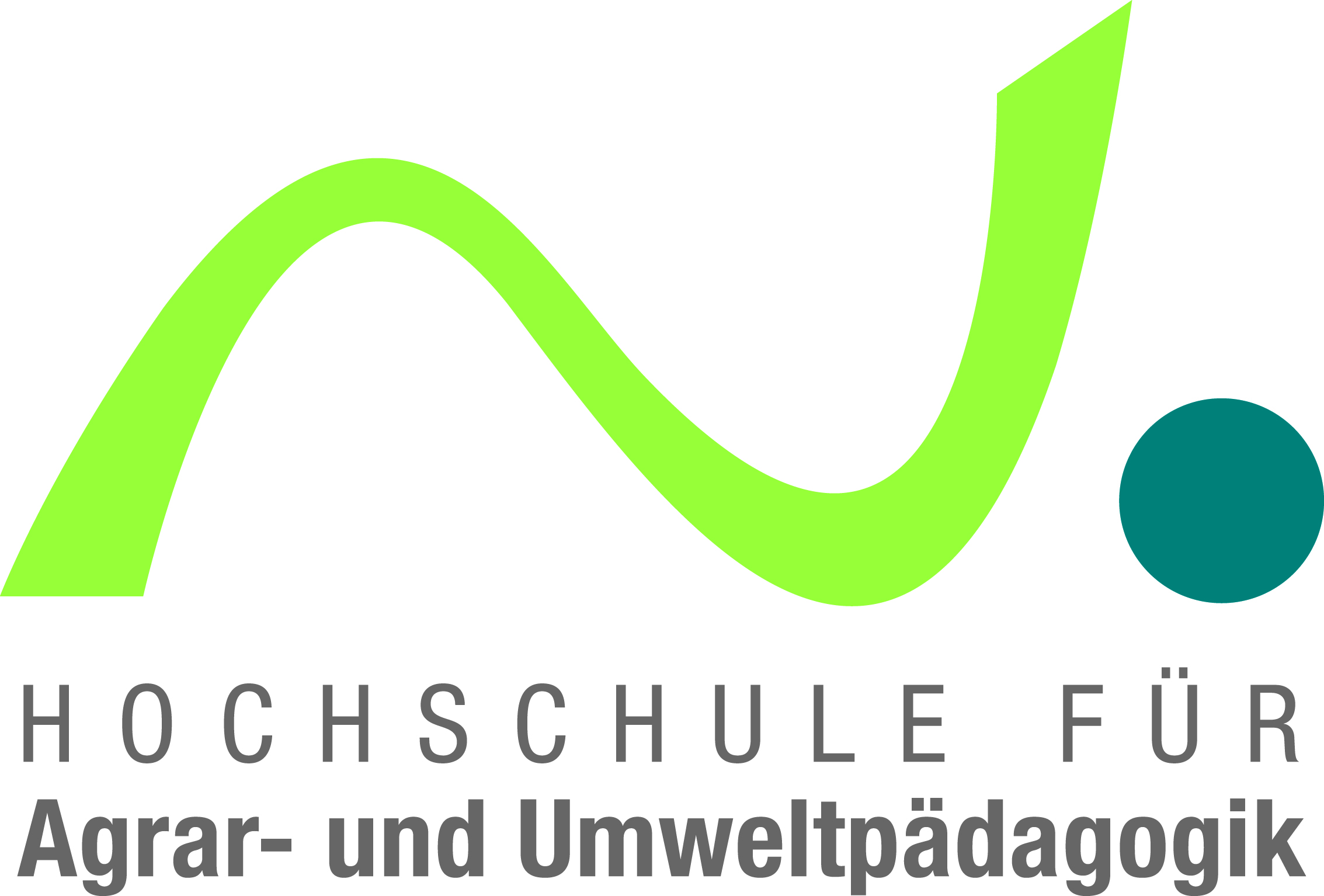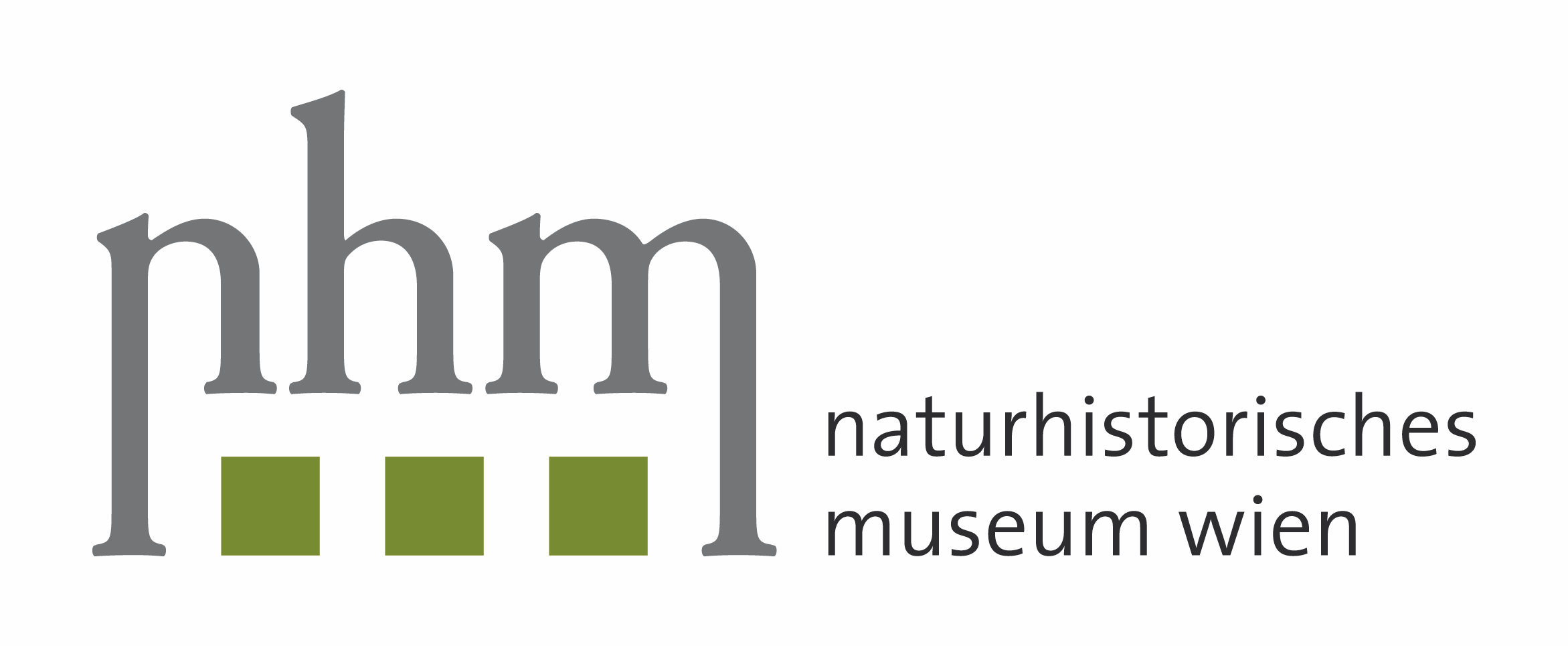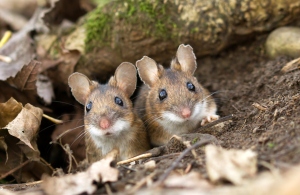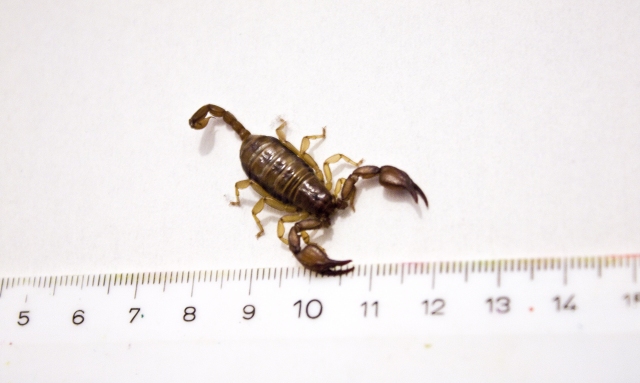
Florian Heigl
Waterbird Census
Citizen Science with a long tradition
The first water bird counts in Austria took place as early as the 1950s. In the following years, the number of counts was gradually increased, and from 1970 onwards Austria-wide surveys have been carried out. This makes the waterbird census one of the longest running citizen science projects of BirdLife Austria. The censuses are carried out by volunteers between one and five times per winter (depending on the province) at defined river sections.
Decline in numbers
The aim of the waterbird census is to document the populations of waterbirds migrating through or overwintering in Austria, e.g. swans, ducks, geese or seagulls. In recent years, the majority of waterbird species have shown declining populations. Climate change is probably responsible for this – it leads to ever warmer winters and means that increasingly few waterfowl from northern and eastern Europe have to come as far south as Austria to find ice-free bodies of water for food.
Tasks and roles in the project
- Observer: In their free time they survey the birds according to the specified counting method. They regularly receive a summary of the results and the latest trend analyses.
- Federal state coordinators: They organise the censuses in the respective federal state. They are the first point of contact for the counters for questions and problems of any kind.
- Project management: data checking, data management, evaluations, reporting, lectures, contact person for questions of all kinds.
Participate
Further informationand results can be found on the website.
If you have any questions about the project or are interested in the collected data/results, please contact the project manager.
-
 Bird watching with binoculars Bird watching with binoculars
Bird watching with binoculars Bird watching with binoculars -
 Professional bird watching Professional bird watching
Professional bird watching Professional bird watching -
 Observation is more fun as a team! Observation is more fun as a team!
Observation is more fun as a team! Observation is more fun as a team!
https://www.citizen-science.at/en/immerse/worldwide/author/934-florianheigl?start=110#sigProIde5dbec0461
ornitho.at
Important groundwork for bird protection
The association BirdLife Austria has been researching and protecting the native avifauna for over 50 years. Citizen science has always been an essential basis of this work, as BirdLife's expertise is based on decades of collecting bird records. In the past, observations were recorded on paper slips, today www.ornitho.at is a modern and simple way to report bird observations.
Many functionalities
With the platform ornitho.at you can not only report observations of bird species, but also add photos or sound recordings of birds. Interested users can search the archive for photos, see current records of interesting bird species, get information about seasonal occurrence, manage all their own reports and much more. In addition, the observers can also be sure that their observations serve a good cause – namely the protection of the native bird world.
If you would like to record observations on the go, you can use the specially developed NaturaList app, which offers many smart functions:
Podcast episode
For the Österreich forscht podcast's first birthday, Christine Kovar, a dedicated Citizen Scientist in the project, gave interesting insights into the project in March 2023 - tune in! (in German)
Join in
Further information can be found here: www.ornitho.at.
-
 Bird watching with binoculars Bird watching with binoculars
Bird watching with binoculars Bird watching with binoculars -
 Professional bird watching Professional bird watching
Professional bird watching Professional bird watching -
 Observation is more fun as a team! Observation is more fun as a team!
Observation is more fun as a team! Observation is more fun as a team!
https://www.citizen-science.at/en/immerse/worldwide/author/934-florianheigl?start=110#sigProIde5dbec0461
Breeding bird monitoring
Annual counts
This advanced citizen science project requires knowledge of the common native breeding bird species and participation over several years. Twice a year, the participants count all birds seen and heard at fixed points. The total of all counts is then used to calculate population trends. The available data is currently sufficient to determine meaningful trends for about 90 bird species – from 1998 onwards. Sadly, the results show how important it is to monitor our breeding bird world: more than half of the species studied are declining in numbers, whereas only about one fifth of all species show an increase. The other bird species are currently stable.
Participate
Further information and results can be found on the website.
Tasks and roles in the project:
- Observers: In their free time they survey the birds according to the specified counting method. They regularly receive a summary of the results and the latest trend analyses.
- Federal state coordinators: They organise the censuses in the respective federal state. They are the first point of contact for the counters for questions and problems of any kind.
- Project management: data checking, data management, evaluations, reporting, lectures, point of contact for questions of all kinds.
If you have any questions about the project or are interested in the collected data/results, please contact the This email address is being protected from spambots. You need JavaScript enabled to view it..
-
 Bird watching with binoculars Bird watching with binoculars
Bird watching with binoculars Bird watching with binoculars -
 Professional bird watching Professional bird watching
Professional bird watching Professional bird watching -
 Observation is more fun as a team! Observation is more fun as a team!
Observation is more fun as a team! Observation is more fun as a team!
https://www.citizen-science.at/en/immerse/worldwide/author/934-florianheigl?start=110#sigProIde5dbec0461
Wild Neighbours
Are swallows nesting at your house or in your stable? Have you seen a badger in the middle of town? Or do you regularly observe a kestrel in your garden? We are interested in your observations in rural settlement areas!
Ural owl
Ural owl resettlement
The resettlement of the Ural owl is led by a team of researchers headed by ornithologist Richard Zink at the Austrian Ornithological Centre at "Vetmeduni" Vienna. The goal is the "Come Back" of the big owl into the forests of Austria. A new occurrence in the alps creates an essential link between the populations south (Slovenia, Italy) and north (Germany, Czech Republic) of the Alpine republic. Individual owls migrating between these populations ensure gene flow within the European metapopulation - the survival of the rare large owl can thus be ensured in the long term.
The designation of protected areas and the gradual conversion to sustainable forest management improved the living conditions for the Ural owls in Austria. Based on this, the project was requested by an international delegation of experts in autumn 2006. The Austrian release sites were selected for the protected areas "Wienerwald Biosphere Reserve" and the "Wilderness Dürrenstein", which offer the newcomers optimal survival conditions due to their ecologically particularly valuable forest stands. The project is based on the successful reintroduction that has taken place in the Bavarian Forest National Park (D) in the last century.
15 years after the first release of Ural owls in 2009, successes can already be recorded in the reintroduction project. The current population of Ural owls in the reintroduction area is estimated at about 50 territories. Since 2011, the reintroduced Ural Owls have also been breeding successfully in the open. The breeding success is subject to annual fluctuations, which are based on mouse gradations. Since then, at least 278 young Ural owls have been hatched in the wild and 516 released (as at end of 2023). You can report observations of Ural owls directly to the project team on our website.
Based on these successes, the focus of the project is now on increasing the genetic diversity of the Ural Owl population. This should ensure the long-term existence of the reintroduced population. Together with 25 breeding partners throughout Central Europe and around 50 breeding pairs, the project team is working towards this goal.
In order to give some assistance to the Ural owl, which does not build its own nests, approximately 550 nesting boxes have so far been installed in suitable forests in Eastern Austria with the help of a large number of landowners. You are a landowner with forest ground, you are enthusiastic about the Ural owl and would like to enable the installation of a nesting box? Or do you have time and want to support the project in spring by regularly checking one of our nesting boxes?
Get in contact with the project team - we look forward to meeting you!
https://www.citizen-science.at/en/immerse/worldwide/author/934-florianheigl?start=110#sigProId35c6525caf
"Pilzfinder"
"Pilzfinder" - what it's all about
Until a few decades ago, knowledge of wild edible and poisonous mushrooms was widespread. Especially the older population knew about the seasonal occurrence of the mushrooms. Finding mushrooms is a popular hobby for young and old, which is accompanied by great experience. In order to preserve and extend this knowledge and above all to bring it closer to the younger generation, the Mushroom Finder is now available. Due to the global warming of the last few years, the occurrence of mushrooms and the species spectrum is increasingly shifting. The consequences of global warming affect especially higher altitudes. Many fungal species have dispersal and adaptation strategies to respond to climate change, but there is a direct threat to arctic-alpine fungal species. Distribution records from different European countries show that the mushroom season is prolonged as a result of global warming, i.e. fungal fruit bodies today appear over a longer period of the year. The time of appearance is also often shifted further back in the course of the year. With the active assistance of the Mushroom Finder, these changes in the fungal world can now be recorded and incorporated into scientific evaluations, because mushrooms react immediately to the changing temperature development.
Within the framework of this project, Citizen Scientists collect fungal and phenological data. Via Pilzfinder the scientifically founded data are transferred to the "Database of Fungi of Austria" of the "Austrian Mycological Society" with the next update. The project Pilzfinder aims to comprehensively document the occurrence and distribution of fungi in Austria and beyond and to present and evaluate the available data. By comparing the distribution data, correlations between the temperature profile and the occurrence of the fungal species can be researched and thus the effects of climate change can be analysed.
With the Mushroom Finder you can actively contribute to the survey of the occurrence and distribution of the fungi by observing and photographing. Since the Mushroom Finder was launched, 14,595 finds have already been reported and 43,381 photos uploaded (as of October 2022)!
On request, we are happy to provide reports for non-commercial purposes, of course also for the reporters themselves. All scientific results are published in open access/and peer-reviewed journals. There will also be an annual report on the reports in the "Mitteilungen der Österr. Mykolog. Ges.".
Podcast episode
If you would like to learn more, you can listen to the Wissen macht Leute podcast episode about the project (in German). More information can be found here.
Interactive map:
Image gallery
(click on photos to enlarge them)
-
 Psathyrella piluliformis Psathyrella piluliformis
Psathyrella piluliformis Psathyrella piluliformis -
 Agaricus Agaricus
Agaricus Agaricus -
 greasy green brittlegill (Russula heterophylla; to the left, edible), death cap (Amanita phalloides; to the right, deadly poisonous) greasy green brittlegill (Russula heterophylla; to the left, edible), death cap (Amanita phalloides; to the right, deadly poisonous)
greasy green brittlegill (Russula heterophylla; to the left, edible), death cap (Amanita phalloides; to the right, deadly poisonous) greasy green brittlegill (Russula heterophylla; to the left, edible), death cap (Amanita phalloides; to the right, deadly poisonous) -
 Microbotryum pustulatum (Microbotryaceae) on knotweed Microbotryum pustulatum (Microbotryaceae) on knotweed
Microbotryum pustulatum (Microbotryaceae) on knotweed Microbotryum pustulatum (Microbotryaceae) on knotweed -
 Myriosclerotinia scirpicola Myriosclerotinia scirpicola
Myriosclerotinia scirpicola Myriosclerotinia scirpicola -
 Osmoporus odoratus Osmoporus odoratus
Osmoporus odoratus Osmoporus odoratus -
 Bare-toothed Russula (Russula vesca) Bare-toothed Russula (Russula vesca)
Bare-toothed Russula (Russula vesca) Bare-toothed Russula (Russula vesca) -
 Sparassis brevipes Sparassis brevipes
Sparassis brevipes Sparassis brevipes -
 Fly amanita Fly amanita
Fly amanita Fly amanita -
 Pig’s ear (Gomphus clavatus) Pig’s ear (Gomphus clavatus)
Pig’s ear (Gomphus clavatus) Pig’s ear (Gomphus clavatus) -
 Trametes Trametes
Trametes Trametes -
 Common morel (Morchella esculenta) Common morel (Morchella esculenta)
Common morel (Morchella esculenta) Common morel (Morchella esculenta) -
 Fire sponge (Phellinus igniarius) Fire sponge (Phellinus igniarius)
Fire sponge (Phellinus igniarius) Fire sponge (Phellinus igniarius) -
 Lentinus tigrinus Lentinus tigrinus
Lentinus tigrinus Lentinus tigrinus -
 Black cereal rust (Puccinia graminis) Black cereal rust (Puccinia graminis)
Black cereal rust (Puccinia graminis) Black cereal rust (Puccinia graminis) -
 Kuehneromyces Kuehneromyces
Kuehneromyces Kuehneromyces -
 Neoerysiphe galeopsidis (powdery mildew on nettle) Neoerysiphe galeopsidis (powdery mildew on nettle)
Neoerysiphe galeopsidis (powdery mildew on nettle) Neoerysiphe galeopsidis (powdery mildew on nettle) -
 Tulostoma brumale Tulostoma brumale
Tulostoma brumale Tulostoma brumale -
 English name unknown English name unknown
English name unknown English name unknown -
 Diatrype stigma Diatrype stigma
Diatrype stigma Diatrype stigma -
 red-belted conk (Fomitopsis pinicola) red-belted conk (Fomitopsis pinicola)
red-belted conk (Fomitopsis pinicola) red-belted conk (Fomitopsis pinicola) -
 Steccherinum ochraceum Steccherinum ochraceum
Steccherinum ochraceum Steccherinum ochraceum -
 sulphur tuft (Hypholoma fasciculare) sulphur tuft (Hypholoma fasciculare)
sulphur tuft (Hypholoma fasciculare) sulphur tuft (Hypholoma fasciculare) -
 fairy ring mushroom (Marasmius oreades) fairy ring mushroom (Marasmius oreades)
fairy ring mushroom (Marasmius oreades) fairy ring mushroom (Marasmius oreades)
https://www.citizen-science.at/en/immerse/worldwide/author/934-florianheigl?start=110#sigProIdc8c058c4a9
Cave documentation
Karst and cave documentation
The Working Group on Karst and Caves (KHA) of the Natural History Museum Vienna cooperates closely with the Speleologic Society in Vienna and Lower Austria, but also with other groups of the Austrian Speleological Association (VÖH). The KHA is primarily active in the eastern part of Austria. Working in the terrain requires some physical fitness, surefootedness and a sense of orientation, as marked paths are usually abandoned. However, interesting objects can be found at all altitudes and terrain forms; therefore, participation is possible at any age.
Cave entrances are searched for in the area, their position (coordinates) determined and photographed. The documentation of karst forms (dolines, karst springs, shrinkage etc.) is of interest as well. Enthusiasts have the opportunity to learn how to survey caves and how to draw cave maps!
Who can participate?
Interested people aged 14 and over who like to walk off the beaten track. No new Citizen Scientists are currently being sought - participation in the project is therefore closed.
Period
A participation is possible right away; the end of the project is not foreseeable.
Where?
Primarily in Eastern Austria, but also throughout Austria.
What kind of data is collected?
Determination of the coordinates of cave entrances and karst forms (by means of GPS, laser scan, aerial photographs, etc.)
Photodocumentation of karst forms and caves
Mapping and surveying of caves after previous training possible
Roles in the project
Project management: Overall coordination of the project
Project coordination: Data management
Project participants (Citizen Scientists): data collection and processing
Contact
Click here to go to the website of the Speleological Society of Vienna and Lower Austria.
If you are interested and have found something or would like to make an appointment, please contact us by phone or e-mail:
Mag Dr. Lukas Plan
This email address is being protected from spambots. You need JavaScript enabled to view it.
Tel.Nr.: +43 1 5230418-10
Dipl.-Geogr. Pauline Oberender
This email address is being protected from spambots. You need JavaScript enabled to view it.
Tel.Nr.: +43 1 5230418-14
Dates
The dates listed here do not claim to be correct or complete. If you are aware of any dates that are not listed here, or if you discover an incorrect entry, please contact us at This email address is being protected from spambots. You need JavaScript enabled to view it..
Events
Call for Sessions/Workshops/Papers/Posters/Participation
| Deadline | Call | Conference | Location |
| 17.11.2024 | Libraries: democratic – diverse – sustainable | 2nd Austrian Library Congress | Vienna, Austria |
| 30.11.2024 | CitSci Helvetia 2025 - Citizen Science in action. Collaborations between civil society and academia | CitSci Helvetia 2025 | Lausanne, Switzerland |
| 01.12.2024 | EUSEA25: Crossing Oceans – Raising Our Sails: Public Engagement in Turbulent Times | EUSEA | Las Palmas de Gran Canaria, Spain |
| 15.12.2024 | CS4Water | Citizen Science for Water Conference | Delft, Netherlands |
| 19.01.2025 | The Future of Academia-Industry Collaboration: Drivers, Opportunities, and Risks of Novel Forms of Engagement. | Open Innovation in Science Research Conference | Vienna, Austria |
Funding
Austria
| Deadline | Call | Funder |
| 18.11.2024 | Citizen Science Award | Austrian Agency for Education and Internationalisation |
European Union
| Deadline | Call | Funder |
| 10.12.2024 | Partnerships for circular value chains between mainstream businesses and SMEs in social economy | Horizon Europe |
| 22.01.2025 | A European Collaborative Cloud for Cultural Heritage – Innovative tools for high-value interactions with visitors and heritage objects | Horizon Europe |
| 22.01.2025 | A European Collaborative Cloud for Cultural Heritage – Innovative tools for advanced data enrichment | Horizon Europe |
| 22.01.2025 | A European Collaborative Cloud for Cultural Heritage – Innovative tools for digitisation and analysis of dynamic processes, objects and complex combined data | Horizon Europe |
| 22.01.2025 | A European Collaborative Cloud for Cultural Heritage – Innovative tools for documenting, interlinking and organising data | Horizon Europe |
| 11.02.2025 | Integrated peri-urban areas in the transition towards climate neutrality | Horizon Europe |
| 11.02.2025 | Rethinking urban spaces towards climate neutrality | Horizon Europe |
Manuscripts – Journal Special Issues
| Deadline | Special Issue | Joural |
| 20.12.2024 | Citizen science in ecological research | BMC Ecology and Evolution |
Call for Jobs
| Deadline | Job | Institution | Location |
| 18.11.2024 | Citizen Science Coordinator | Chiltern National Landscape | Chinnor, UK |
Trainings
Currently we are not aware of any open calls for trainings. If you know of any open calls please let us know via This email address is being protected from spambots. You need JavaScript enabled to view it..
Project activities
| Date | Project | Activity | Location |
| 20.11.2024 | AmphiBiom | Talk | BOKU Vienna & Zoom |
| 20.-23.11.2024 | StadtWildTiere Vienna | Exhibition at Buch Wien | Messe Wien |
| 20.-23.11.2024 | Biodiversity at cemeteries | Exhibition at Buch Wien | Messe Wien |
| 20.-23.11.2024 | An hour for winter birds | Exhibition at Buch Wien | Messe Wien |
| 22.11.2024 | Open Reassembly | Interactive booth at Buch Wien | Messe Wien |
| 22.11.2024 | Project Roadkill | Interactive booth at Buch Wien | Messe Wien |
| 23.11.2024 | ABCs of Dialect | Interactive booth at Buch Wien | Messe Wien |
| 29.11.2024 | Plastic Pirates | Vielfalt kennenlernen: Plastik | Natural History Museum Vienna |
| 18.12.2024 | ABCs of Dialect | Talk | BOKU Vienna & Zoom |
| 22.01.2025 | United by crisis | Talk | BOKU Vienna & Zoom |
GeoMaus
The project “GeoMaus” collects information about the distribution of small mammals in Austria, Germany and in Switzerland. Nature enthusiasts are invited to report their observations to learn more about the occurrence of small mammals. Two identification keys (text key and decision tree), information on trace images and on the appearance, biology and way of life of the species will help. The report is made using a form through which the required data such as species, location, date and photo (optional) can be transmitted. An adapted mobile version simplifies the input in the terrain and features a location search function. The received data can be retrieved on a map after a processing time of about one week.
What are small mammals?
The term "small mammals" does not describe a taxonomic group in the strict sense. They are usually the relatively small representatives of mammals from the orders of rodents (Rodentia), shrews (Soricomorpha) and hedgehogs (Erinaceomorpha). What they have in common is that they do not exceed a certain body weight. Depending on the author, the upper limit varies between 120 g and 2 kg and is usually 1 kg.
Why do we need to collect data?
Information on the regional distribution of small mammals is unfortunately rare. Every discovery and every observation is therefore important and contributes to a better understanding of the animals and their habitat. Moreover, small mammals can only be involved in species protection projects when their distribution is known. However, targeted detection is usually very time-consuming. Discovery reports therefore serve as good hints to pay more attention to certain small mammals.
Where can small mammals be found most likely?
- caught by house cats
- on paths and roads
- in fields, especially after mowing
- in the garden, for example near bird houses
- in huts and barns
What information is required?
- place of discovery
- date
- type of detection
- habitat
- photographic documentation (optional)
How are the discovery reports evaluated?
Reports with photos are very valuable. For example, garden dormice, edible dormouse, forest dormice, hazel dormice, striped field mouse or moles can be identified safely and reasonably when they are photographed. Species that can only be clearly identified using biometric measurements and observations without evidence are only used to a limited extent in purely scientific publications. But here too, reports of findings are important, as they provide valuable information on the distribution of the species, facilitating research and protection.
What happens to the collected data?
The data is used for scientific publications (e.g., Atlas of Mammals of Upper Austria) and projects (e.g., laendlemaus.at).
https://www.citizen-science.at/en/immerse/worldwide/author/934-florianheigl?start=110#sigProId91351ef0a9
Kremser scorpion
Participatory exploration of the "Kremser scorpion” (Euscorpius tergestinus) with school students
"Triestino scorpion" (Euscorpius tergestinus - still listed as E. carpathicus in the Red List of NÖ), which are threatened with extinction in Lower Austria, exists as an archaeozoon in Krems. This population is an isolated north-eastern outpost of the distribution area. Since 2019, sightings of these animals have been collected together with students of the BRG Krems Ringstraße 33, a UNESCO school, with the participation of the population. The students' questions to the population not only lead to reports of findings, but also to many stories that are linked to the encounters with the animals. The participatory approach not only collects data on the distribution of the animals, but also sketches a picture of people's attitudes towards them.
The first results have already been published: The good news: it still exists, the "Kremser Scorpion"! A population exists in a small area in the city. The research results have been published online in the journal "Biodiversity and Conservation Biology in Eastern Austria (BCBEA)". As throughout the project, the project team shared the work and all team members contributed to the article. This article is an example of how citizen science with lay people and closely participatory with motivated students can create local knowledge around a conservation object. In the course of the project, further questions have emerged that will continue to occupy a new generation of pupils in possible follow-up projects.
In this respect, we are still grateful for ongoing sightings, reports and stories!
Citizen Science Seminar
In 2022, poject coordinator Martin Scheuch held a lecture about the Kremser scorpion as part of the lecture series "Citizen Science Seminar" at the University of Natural Resources and Life Sciences Vienna (BOKU): "The Scorpion of Krems - Success with School & Citizen Science" (in German). At the end of this page you can watch the video recording of the lecture.
Project partners
 |  |  |











